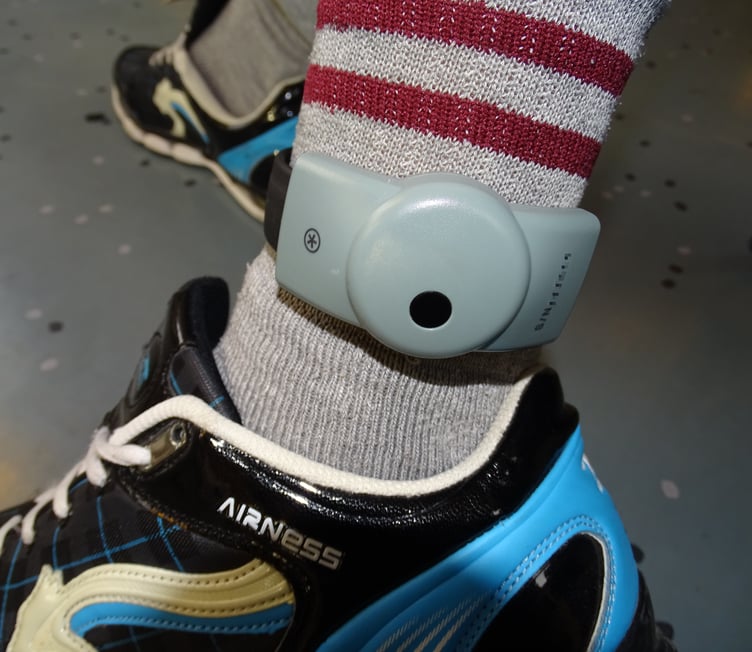Electronic tagging is to be introduced as a condition of court bail for defendants awaiting trial or sentencing.
Tynwald will be asked to approve two new legal instruments during the June sitting that will prepare the way for the use of electronic monitoring.
The tag, usually worn around the ankle, uses technology to monitor a person’s location round the clock and ensure they follow rules such as staying in - for example on an overnight curfew - or to stay away from certain areas.
If they breach their bail conditions, such as leaving during a curfew, the dedicated monitoring service would alert the Emergency Service Joint Control Room or police, if required.
A pilot scheme was carried out in 2022 and tagging has since been used for individuals released on licence/parole and those on temporary release.
If approved, the legal framework will be in place for courts to include electronic tagging as a bail condition for those aged 18 and over. who are awaiting trial or sentence.
Tagging will provide additional flexibility to the courts, giving an alternative option when deciding whether someone should be held in custody or allowed to remain in the community under strict conditions - and reserving custody for the most serious of offences.
Minister for Justice and Home Affairs, Jane Poole-Wilson MHK, said: ‘I am pleased to be able to bring these instruments to Tynwald which form part of our plan to modernise our criminal justice system.
‘Giving the courts the option of electronic monitoring in appropriate cases, will allow an alternative option to custody that both supports public safety requirements and avoids disruption of employment and other supportive factors.
‘This new option for bail will also offer an effective non-custodial remand option to assist with management of prison occupancy on a risk-based approach.’
Anyone recommended for electronic monitoring as part of their bail conditions will be subject to rigorous risk assessment first.
The initial phase of a tagging pilot was completed in 2022.
Subsequently, uses for tagging were expanded to include individuals released on licence/parole and more recently for those on temporary release.
This did not require the making of any secondary legislation and instead are supplemented by internal policies.
The department is now developing options for the use of electronic monitoring as part of community-based sentences or ‘alternative disposals’ for both juveniles and adults.
This will complement ongoing work within the Criminal Justice System to ensure that the system operates efficiently, and that suitable sentencing is supported alongside the wider goal - to make sure the justice system is fair, effective, and able to support rehabilitation while protecting the public.
If given the go-ahead, these changes will lay the legal groundwork for court bail electronic tagging to begin this year.
Next steps will include the sourcing of tags and updating contracts with monitoring companies.

.jpeg?width=209&height=140&crop=209:145,smart&quality=75)


